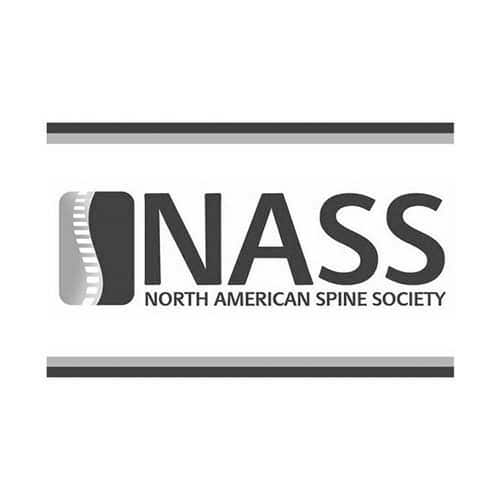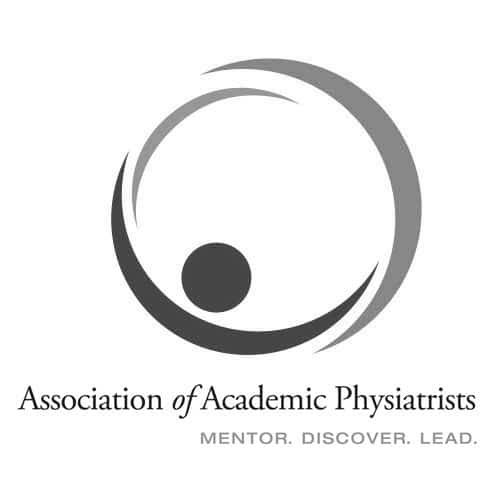Knee pain is one of the most common ailments that can strike anyone at a moment’s notice. From athletes to the elderly, no matter who you are, it can slow you down and crush your plans. While surgery may be an option, it isn’t the only one, and there are several alternatives, many of which are available from the experts at Macomb Pain Management. Join us today as we go through some of the best and least invasive options you have available to reduce your knee pain and get you back on your feet.
Implementing New Lifestyle Changes to Reduce Knee Pain
You can immediately implement lifestyle changes at home and have the most significant impact on your knee pain over the long term. Some of the most critical lifestyle changes with the most drastic results include the following:
- Weight Loss: Losing as little as 25 pounds can take nearly 100 pounds of pressure off your knees and reduce the load on the most fragile parts of your body. Furthermore, better fitness and flexibility can help to increase your overall health in the long term.
- Low-Impact Exercises And Stretching: While we will cover this more thoroughly in the next section, physical therapy techniques and exercises that limit the tension on your knees can help you build up the muscle necessary to make everyday activities easier and relieve tendon tension.
- Find Active Hobbies That Are Easy On Your Joints: Swimming, water aerobics, and low-stakes tennis or badminton can get you active and stretching without putting too much tension on your knees.
The only major drawback of lifestyle changes is that they can take a long time to pay off and require commitment. None of these will relieve your discomfort overnight and are best when paired with other pain relief methods.
Committing To Physical Therapy
Physical therapy is for more than just when you are with the therapist and comes with several benefits that can help you long after your sessions finish. First and foremost, Physical Therapy can help you define your body’s limits without pushing them too far and causing permanent damage. It is safe, holistic, and easy to get into with a doctor’s recommendation and is likely the first step to teaching you what exercises are best for your condition and how to implement them at home. However, physical therapy, like lifestyle changes, can be a slow burn and uncomfortable as your body adjusts.
Rehabilitation Equipment
Using rehabilitation equipment like knee braces and wraps goes hand in hand with physical therapy and lifestyle changes. Devices such as these are simple to apply and support your ailing joints. Your insurance can cover many types of rehabilitation equipment, but not all. If you are attempting to relieve your pain alone, you may be on the hook, although simple braces are easily accessible and often cost less than $100.
Medications
Finally, we come to what may be the last resort for some. Although, not all medications are made the same, and some can help without any harmful or long-term side effects. NSAID pain relievers like Ibuprofen or Tylenol act to reduce swelling and pain. You can take these over-the-counter medications at home without a doctor’s prescription. However, seeing a physician if your knee pain is persistent is recommended, as you are treating the symptoms rather than the root of the problem.
Call The Medical Team At Macomb Pain Management
There is only so far that at-home treatments and internet guides can take you. Therefore, you should consult a pain management professional like those at Macomb Pain Management. Here we will help you develop a unique treatment path and address your knee pain concerns personally. Call (248) 844-8281 today to schedule your pain consultation.






